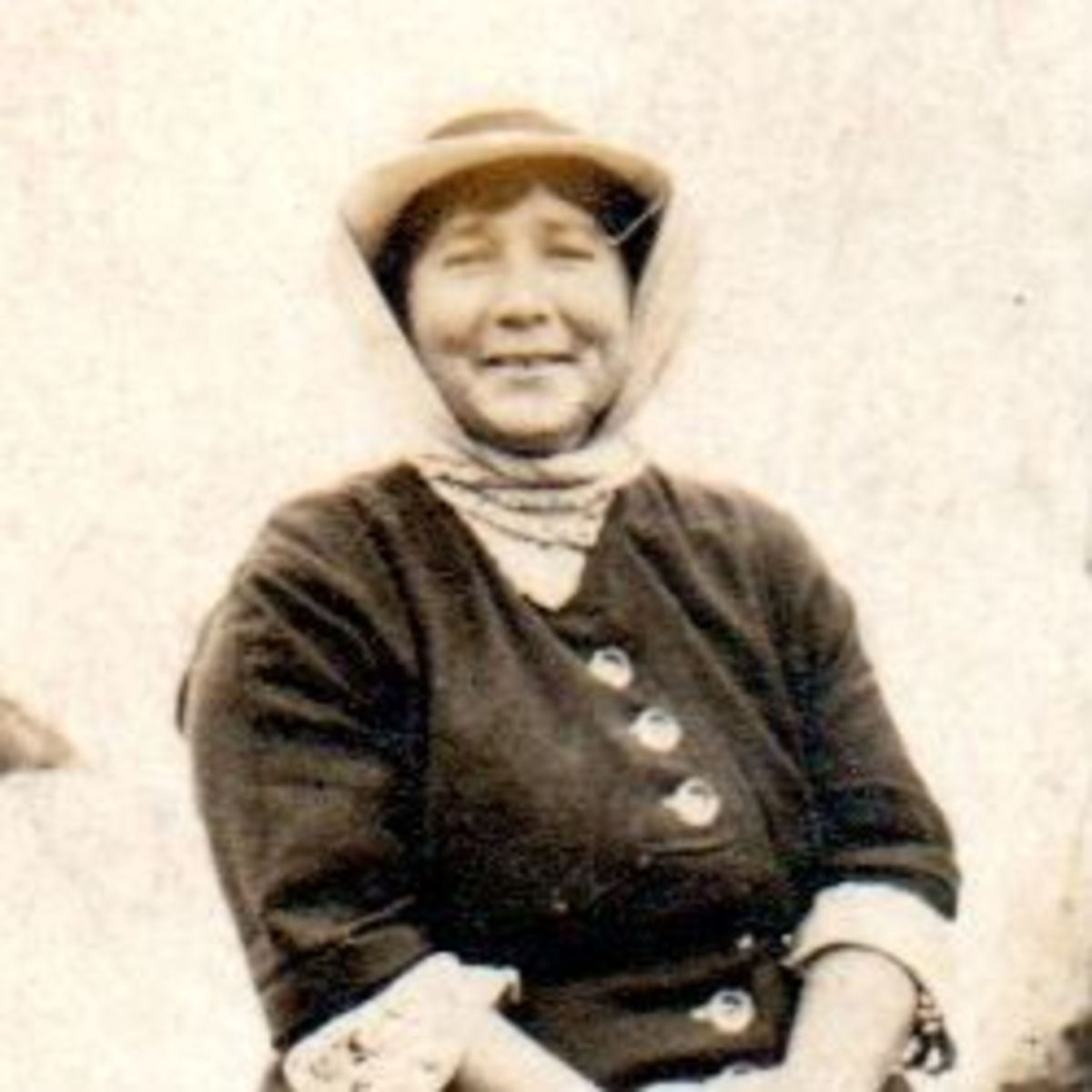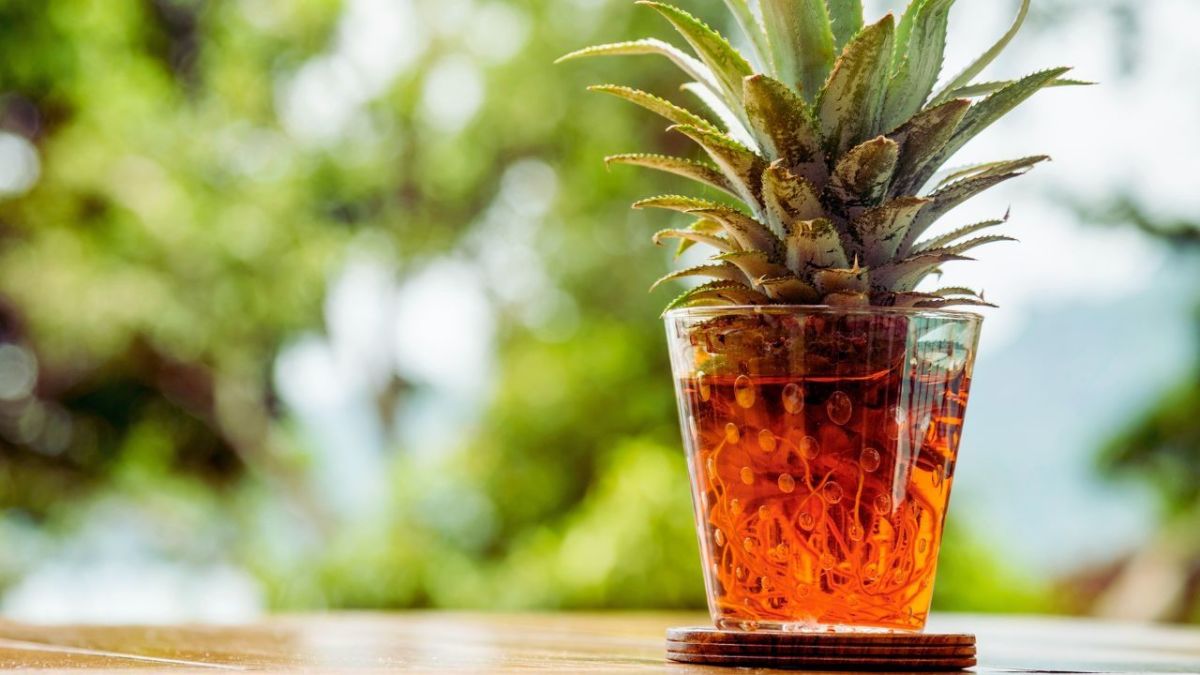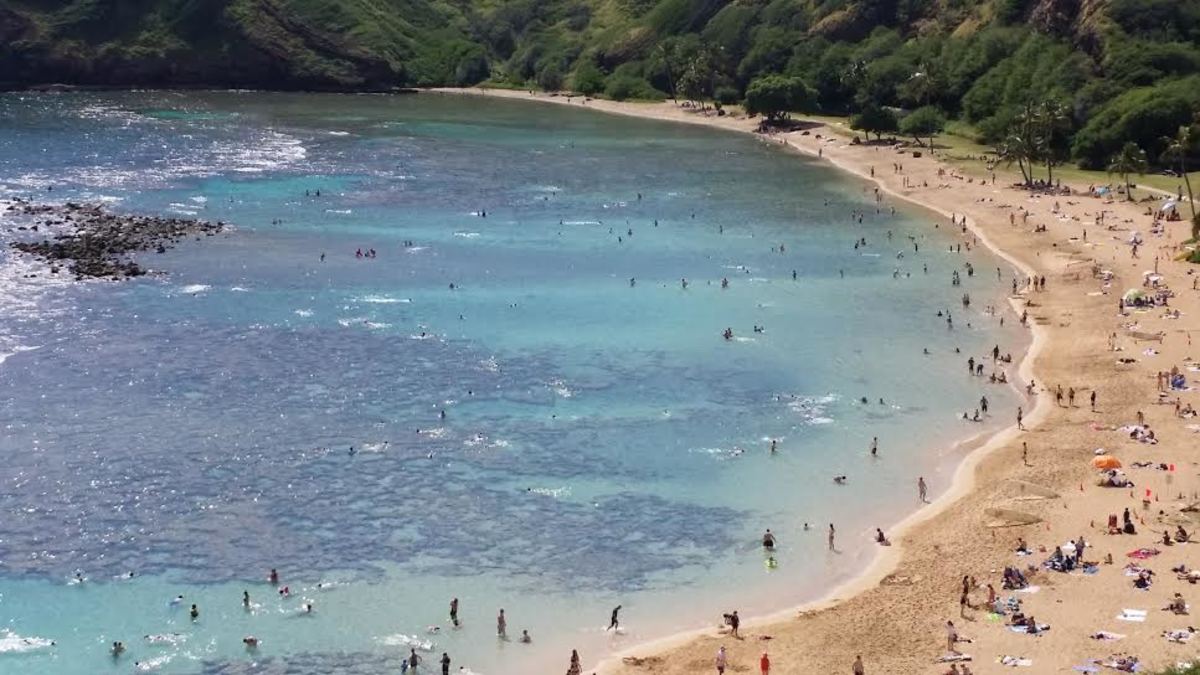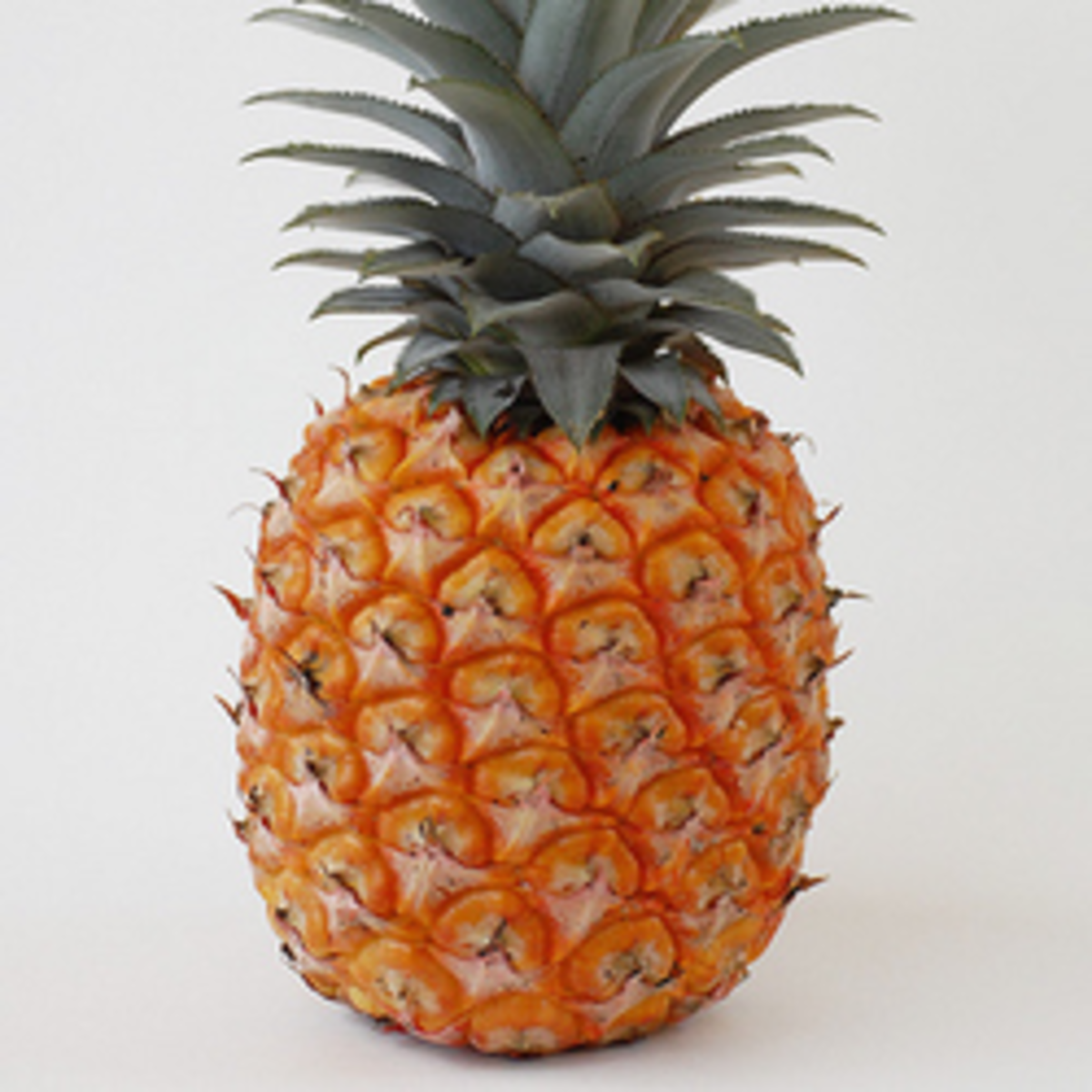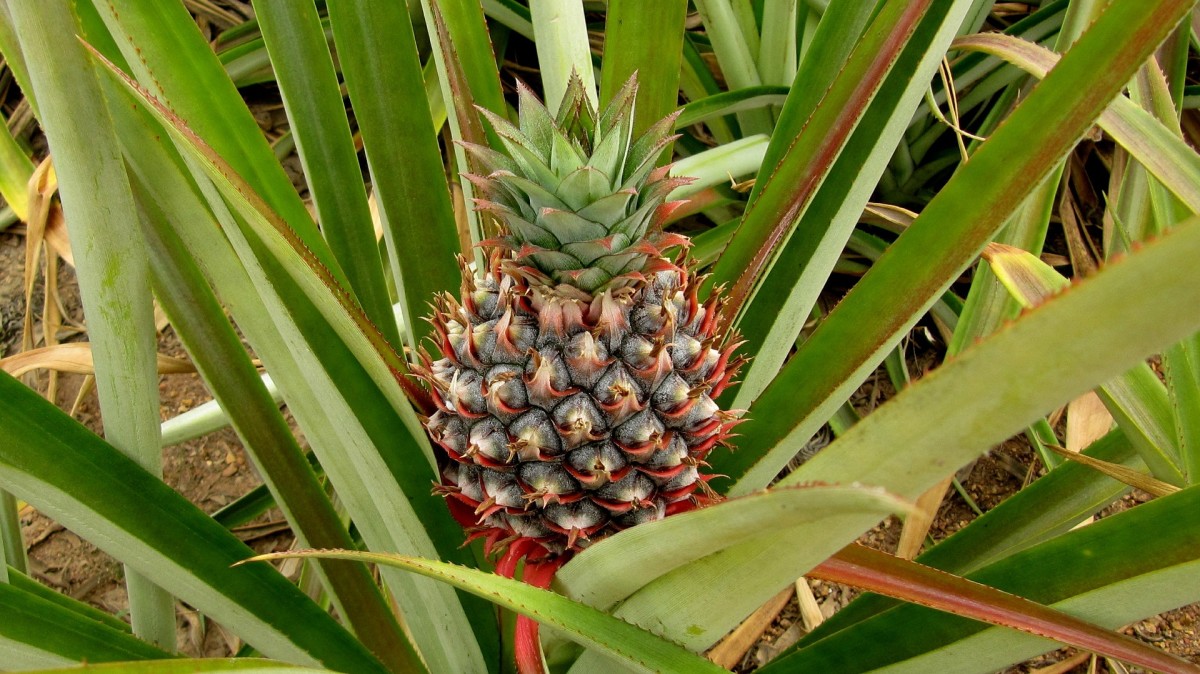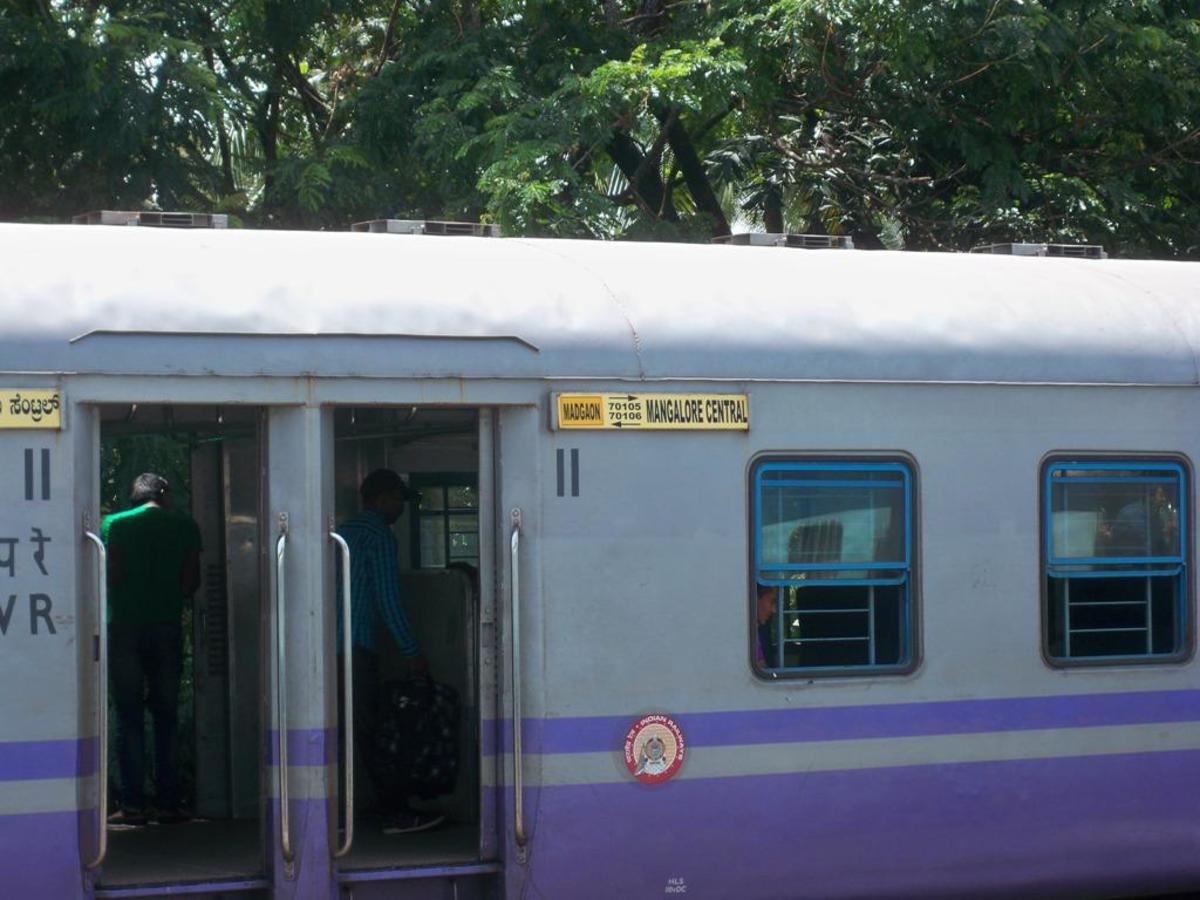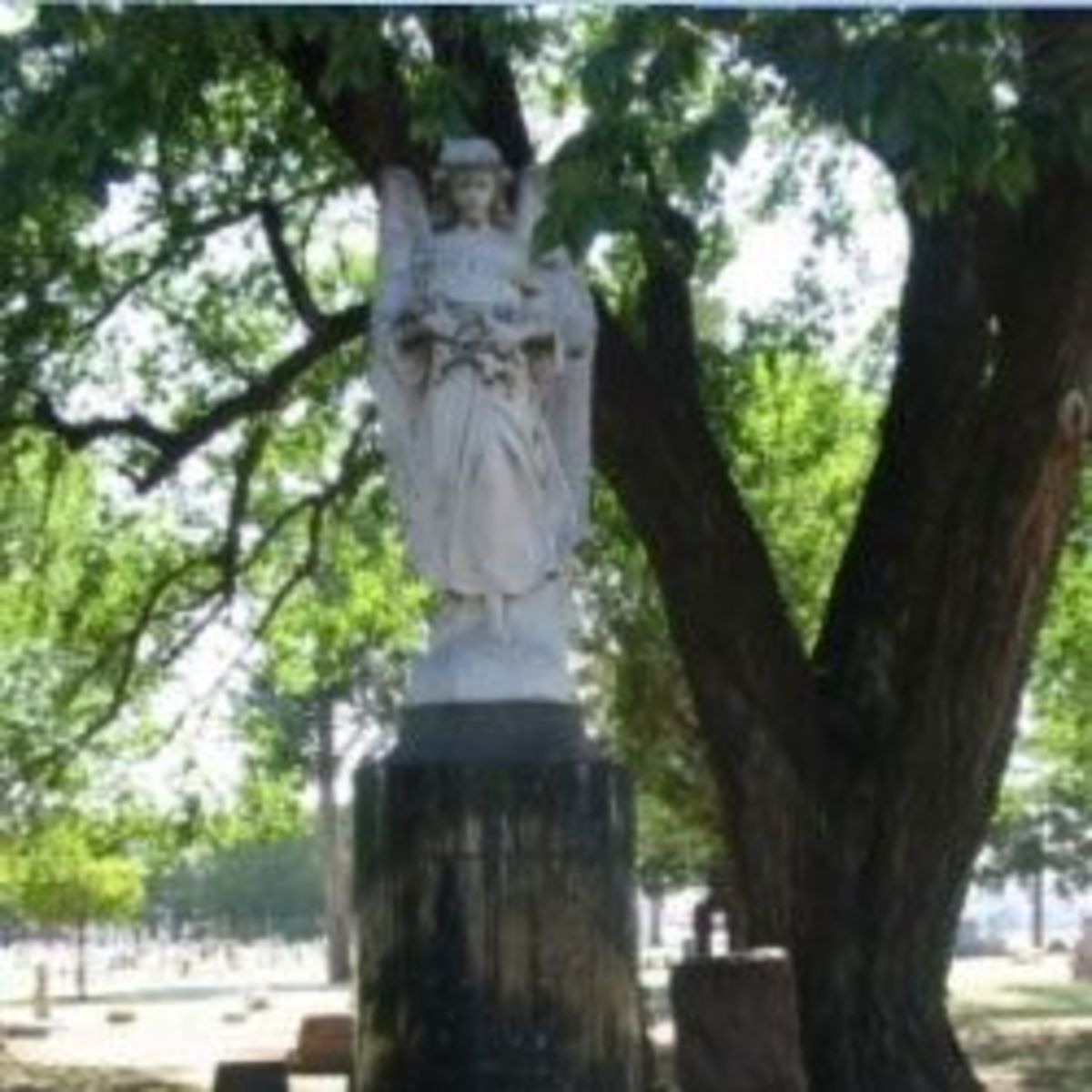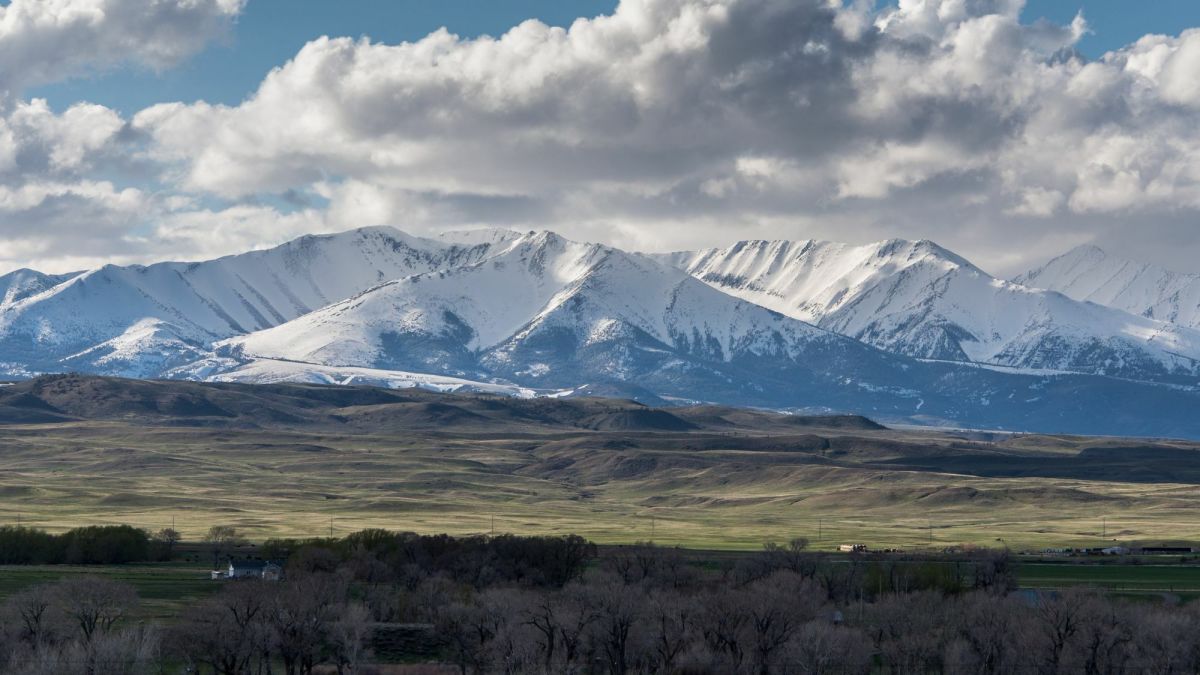Visit Dole Plantation, Oahu, Hawaii

Welcome to Dole Plantation
Hello friends and tourist. Welcome, and Aloha! Although situated away from other main tourist spots on the island and occupying a large farm land at Wahiawa, Dole Plantation is one of Oahu's most popular visitor attractions. While there, visitors and families can enjoy the Plantation Garden tour, go through and challenge one another in the Pineapple Garden Maze, ride the Pineapple Express train and take a memorable tour, or simply enjoy the garden. You can also try the famous Dole Whip during the visit.
The Dole Plantation is full of history. In the garden, there are placards narrating the history and providing additional information. Below is the brief history:
In 1899, James Dole, just 22 years old, moved to Honolulu from Massachusetts and purchased 64 acres of land in the central plains of Oahu. After trying several experimental crops, he settled on pineapple. This was the beginning of the pineapple empire. Dole created two canneries in Wahiawa and Honolulu Harbor and started advertising, resulting in nationwide consumer popularity. After bringing in automatic pineapple peelers, business boomed even greater. In 1950, a small fruit stand was created in Dole’s fields. A plantation-style home was erected in 1989 and turned into an archive and living museum, honoring the work and life of James Dole. Source: http://www.themodernhonolulu.com/
Because Dole Plantation tends to be busy and full of tourists from different parts of the world, we suggest you plan your trip during regular weekdays and go early as much as possible.
Hope you like pineapples, attractions, and maze. Mahalo nui loa!
Pineapples (Ananas)

Have You Been at Dole Plantation Hawaii?
Dole Plantation Garden

Dole Plantation
64-1550 Kamehameha Hwy
Wahiawa, HI 96786
(808) 621-8408
http://www.dole-plantation.com
Pineapple Express


I Have Arrived. Now What?
5 THINGS TO DO WHILE AT DOLE PLANTATION:
1. Ride the Pineapple Express and take a tour.
2. Take the Plantation Garden Tour.
3. Browse the Plantation Country Store. It offers a wide variety of Dole Plantation gifts, souvenirs, packaged coffee, packaged fruits and local favorites. If you like you can buy or order fresh pineapples.
4. View or browse Dole Plantation informational displays and presentations.
5. Savor Dole Plantation foods and refreshments, including the world-famous DoleWhip® ice cream.
Dole Plantation Garden Maze



I'm Still Here. What Else Can I Do?
5 MORE THINGS TO DO AT DOLE PLANTATION:
6. Try and challenge friends and family members on the Pineapple Garden Maze. In 2008, Dole Plantation's giant Pineapple Garden Maze was declared the world's largest maze. The maze stretches over three acres and includes nearly two and one-half miles of paths crafted from 14,000 colorful Hawaiian plants.
7. Relax and enjoy the garden at the back.
8. Take pictures and videos with your family, friends, or significant other. If you're regretfully alone, request someone (possibly another visitor or tourist) take your picture and or video.
9. After taking the tours or doing the maze, you're probably hungry or thirsty, go ahead eat and drink some more local food and drinks. Have a second round of pineapple ice cream.
10. Since you've been browsing at the Plantation Country Store, why not buy something before you leave? Anything. Dole Plantation and the local economy will thank you for it.
11. If you fancy some jewelry, pearls, and Hawaiian jewelry type souvenirs, why not visit the Maui Divers Jewelry Shop? For military, retiree, and family members with valid ID cards, they offer 10% discount and may also waive sales tax. They may even offer you some free pearls.
Dole Hawaii


Pineapple Facts and Trivia
Hawaii produces one third of all the pineapples in the world.
Pinapples are not really a single fruit, but a cluster of up to 200 fruitlets.
The pineapple plant originates from Brazil and Paraguay, and was brought to the West Indies by sailors several centuries before the arrival of Europeans, who subsequently exported it to Hawaii.
Canned pineapple was known at the very beginning of the 20th century, but wasn't financially feasible until Henry Ginaca, an engineer, invented a machine in 1911 that could remove the outer shell, inner core and both ends of 100 pineapples in less than a minute. The machine is still known today as the "Ginaca machine", and is widely used in canneries.
Approximately three pineapples are needed to make one can of slices.
Source: http://pineapplesweb.com

